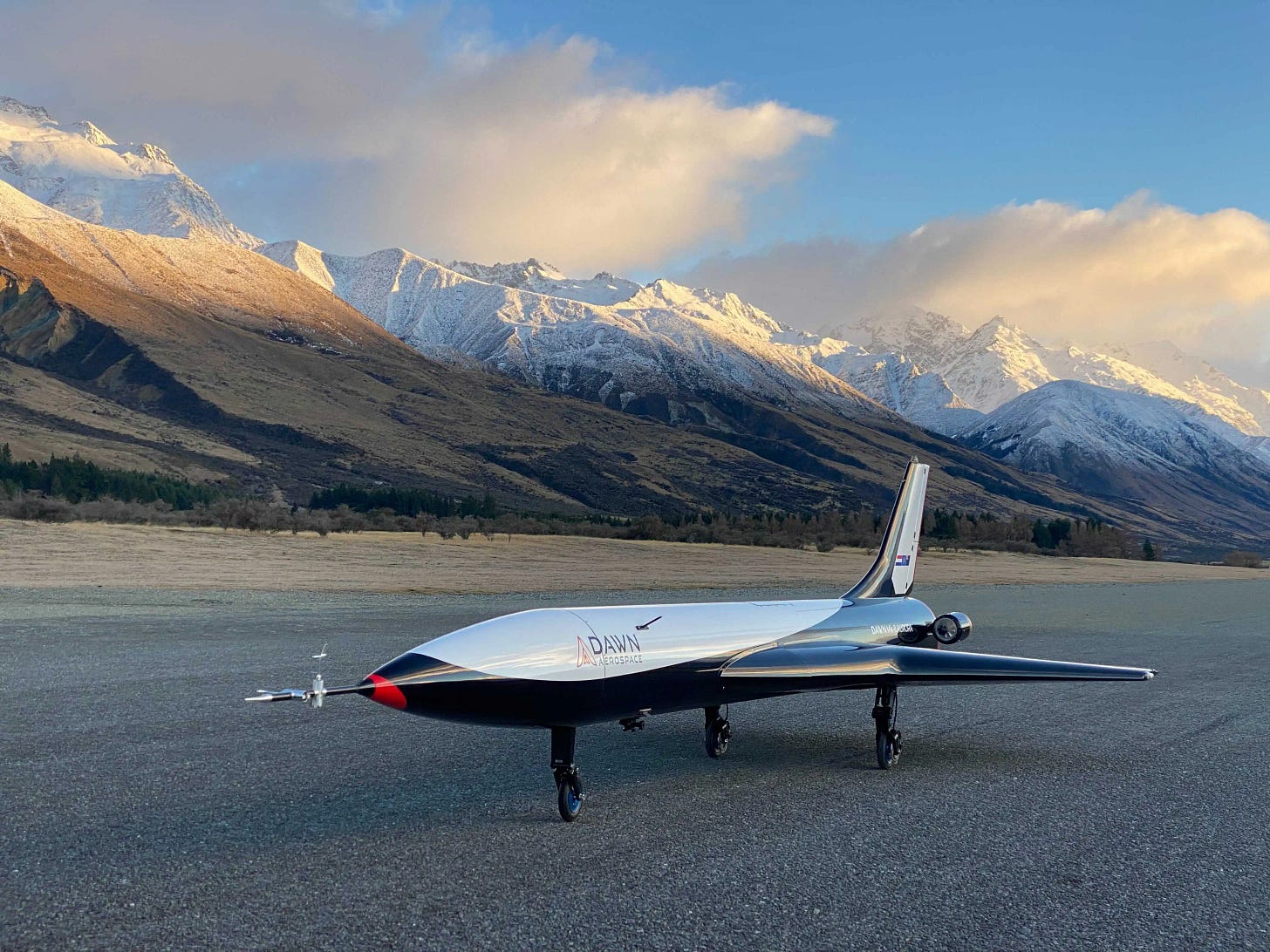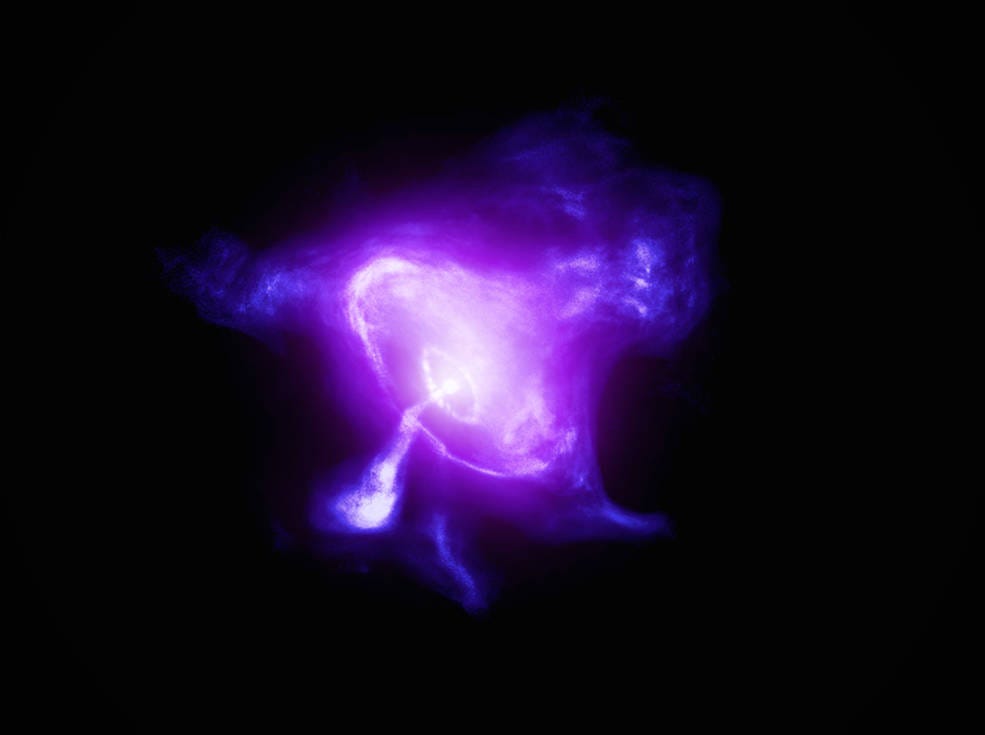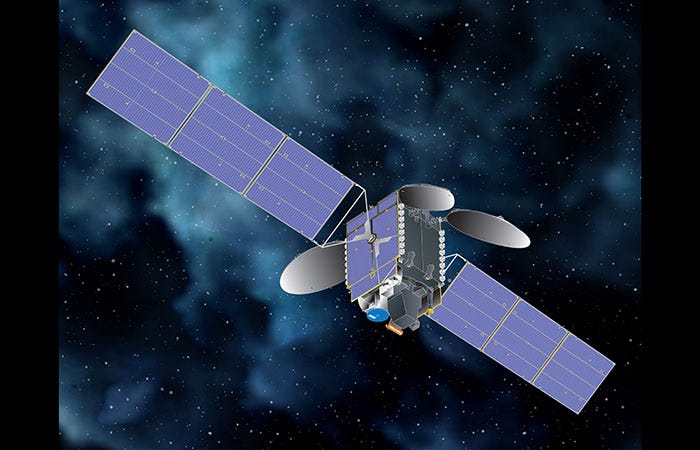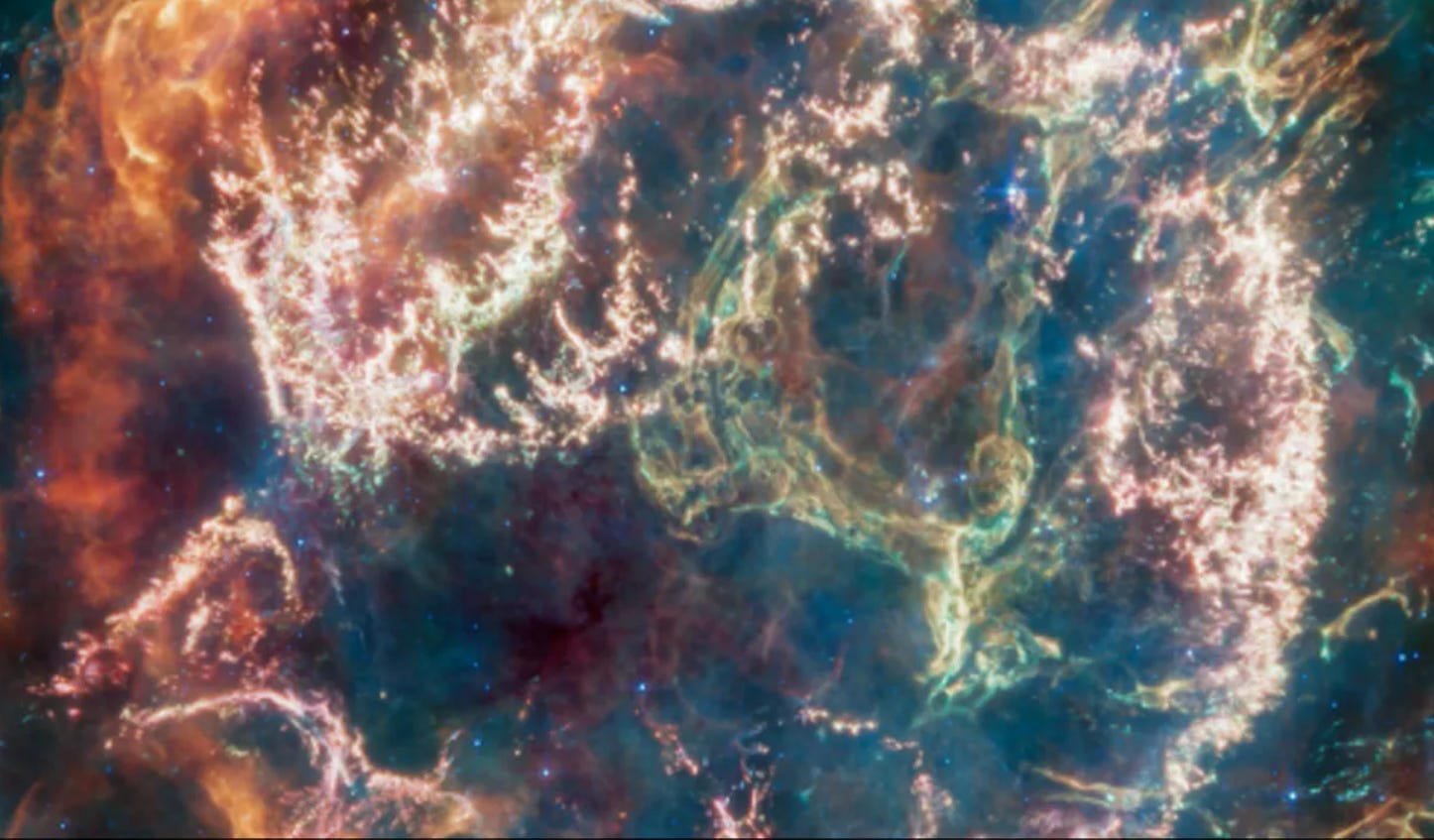Dawn Aerospace successfully tests its one-of-a-kind rocket-powered spaceplane and more
Weekly Space News - Quick and Easy
Dawn Aerospace successfully tests its one-of-a-kind rocket-powered spaceplane
Last week, Dawn Aerospace, a private space startup, successfully tested its latest rocket-powered spaceplane, the Mk-II Aurora. A spaceplane is a type of spacecraft that combines the characteristics of an airplane and a spacecraft. The Mk-II Aurora is capable of reaching heights above 1000 kilometers and can put a satellite into low Earth orbit. This marks the first successful test of an unmanned, reusable, rocket-powered spaceplane by a private space startup.
Scientists create detailed map of nebula’s magnetic field
A nebula is a colorful cosmic cloud made of gas and dust in space, where new stars are born. Scientists using NASA's Imaging X-ray Polarimetry Explorer (IXPE) created a detailed map of a nebula’s magnetic field last week. This particular nebula is called the Crab Nebula and has been observed for over 900 years.
NASA launches powerful new instrument to track air pollution
NASA launched its new air pollution tracking instrument, the Tropospheric Emissions Monitoring of Pollution (TEMPO) into space last week. TEMPO will help monitor and track major air pollutants in greater detail than ever before, improving our understanding of air pollution and its impact on Earth.
James Webb captures remnant of massive star in our galaxy
Last week, NASA's James Webb Space Telescope captured a highly detailed view of the remains of a star that exploded 340 years ago. Known as Cassiopeia A, it is the youngest known remnant of a massive star in our galaxy. The new image captured by JWST is far more detailed than previous infrared images.





